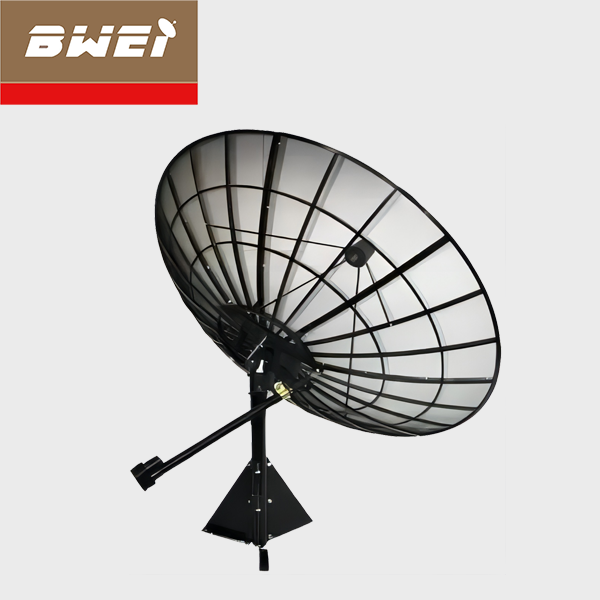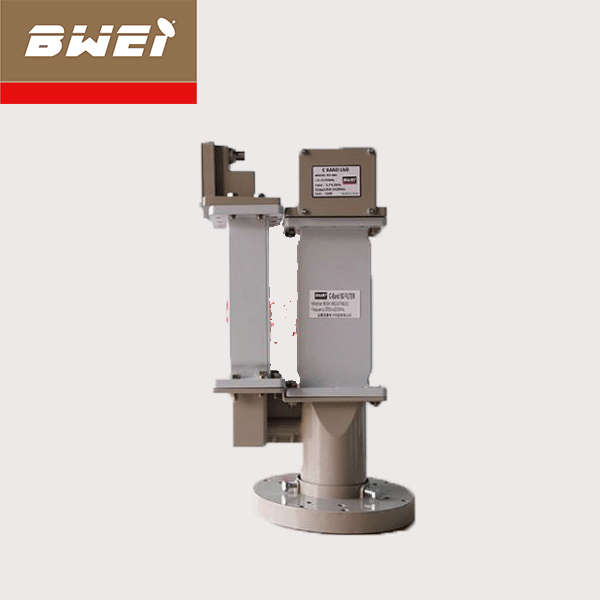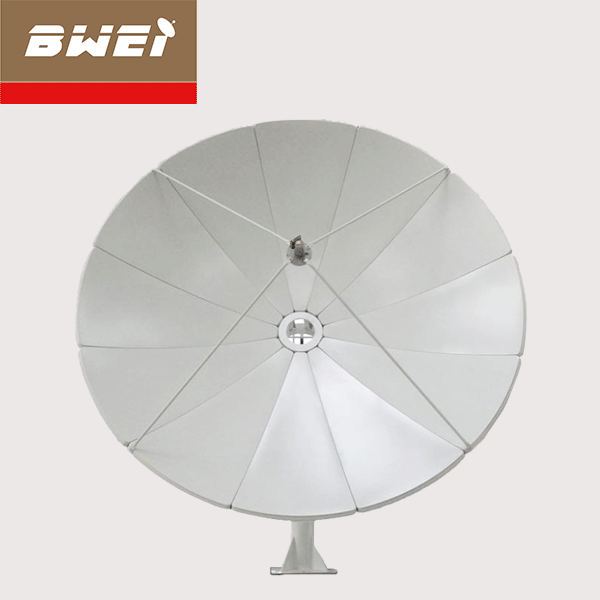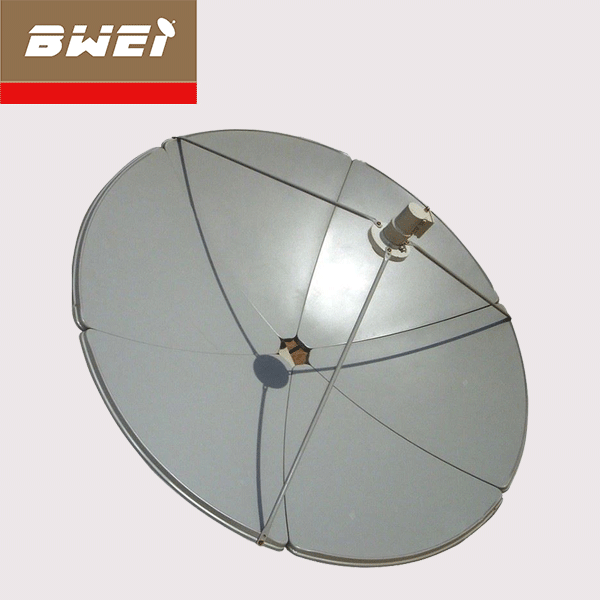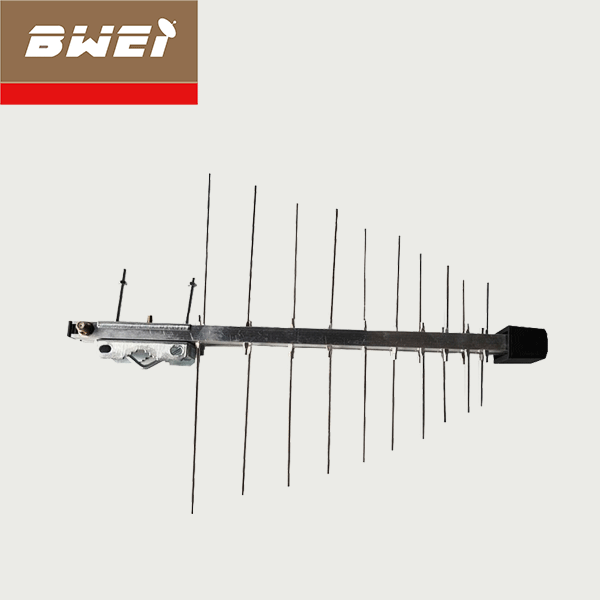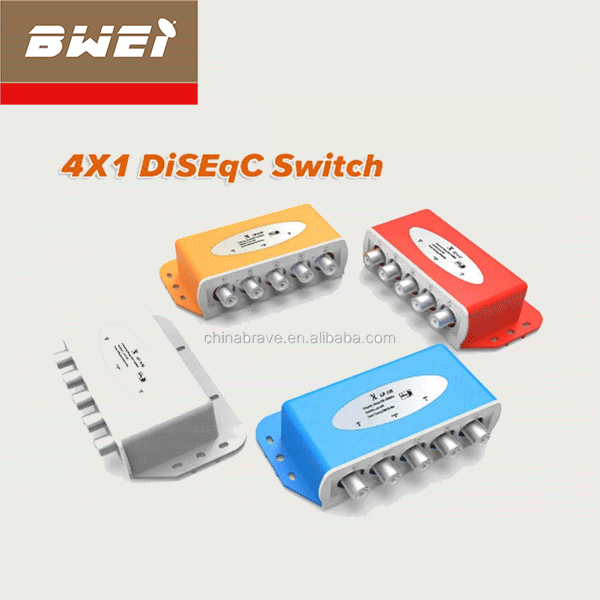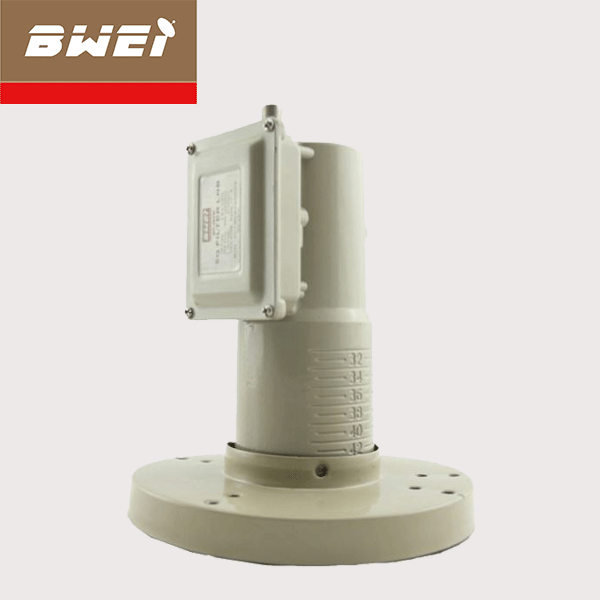Understanding Commercial Satellite LNBs: The Key to Reliable Signal Reception
What are Satellite LNBs? Low-Noise Block downconverters (LNBs) play a pivotal role in satellite communication systems, acting as the primary interface between the satellite signals

